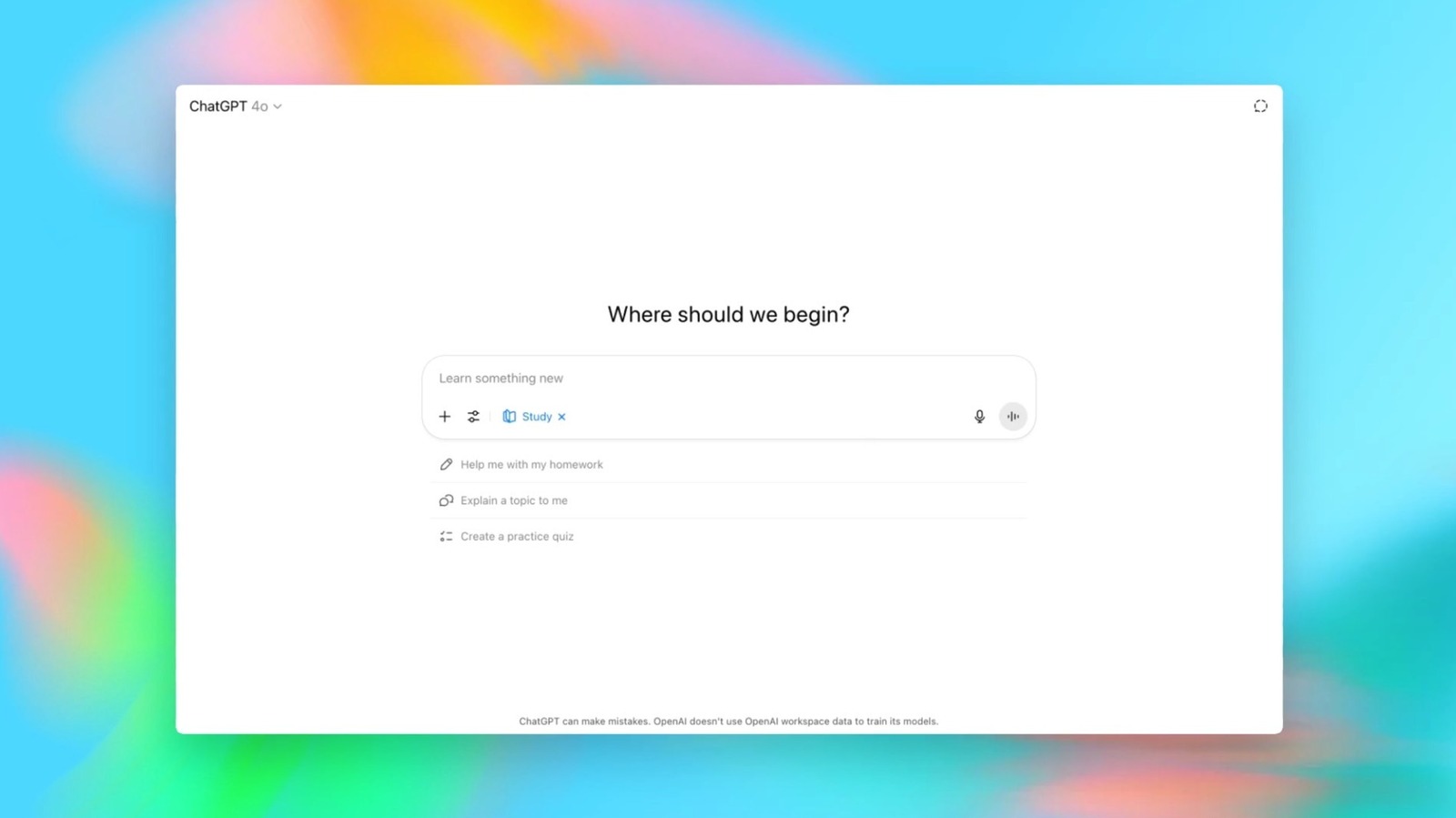As the Earth does laps around the Sun, it passes through all sorts of space dirt, ice and junk.
While thinking of space as one big rubbish tip isn’t nice, one perk of all this cosmic filth is meteor showers, which light up the night sky.
The next shower you might be able to see is the Delta Aquariid, also known as the Southern Delta Aquariids.
While the meteor shower is more visible, as its name implies, in the Southern Hemisphere, the UK and the wider Northern Hemisphere can still catch a good show, experts told Metro.
What is a meteor shower?
Some meteor showers are caused by comets, dirty snowballs made of the leftovers from the start of our solar system around 4.6billion years ago.
Comets leave behind trails of ice and rock that linger in space years after they leave, said Dr Cyrielle Opitom, of the Institute for Astronomy at the University of Edinburgh.
She told Metro: ‘Small dust particles left behind then enter the atmosphere and become meteors. This is usually the source of meteor showers.

‘Other times, random small asteroids or pieces of rock not related to a comet enter the atmosphere and can also become meteors.’
When the comet waste enters the atmosphere, it hits the sky at such speed that it bursts into flames, causing a celestial fireworks display.
What is Delta Aquariid shower?
Delta Aquariid is a ‘moderately strong, but fairly long duration meteor shower’, said Dr Edward Bloomer, senior astronomer at the Royal Observatory Greenwich.
Scientists aren’t 100% sure which comet is behind the Delta Aquariid, though they suspect it’s from the 3.7-mile-wide Comet 96P Machholz.
The snowball orbits the Sun every 5.3 years but tends to be close to Mercury’s orbit, with some dust left behind about 20,000 years ago.

The debris you’re seeing isn’t from the comet passing by; it’s just the trail it left behind years ago. The next time Comet 96P Machholz will glide past us is June 16, 2028.
Dr Bloomer adds: ‘Because we complete a yearly orbit, it means we hit it again in pretty much exactly the same way each year, so its appearance in our skies is predictable and regular.’
Astronomers named the shower after the constellation Aquarius and its brightest star, Delta Aquarii, which is the point of the sky from which the meteors seem to come.
When is the Delta Aquariid meteor shower?

Typically, the Earth passes through the cosmic rubble from late July to early August.
This year, the shower will be active between mid-evening to dawn from July 12 to August 23, peaking on the night of July 30.
The peak, which is when Earth reaches the densest part of the cosmic debris, is the best chance to see the meteor shower.
Stargazers can expect up to 20 meteors an hour for days with a dark sky and no pesky Moon.
About one in 10 Delta Aquariid meteors have persistent trains, glowing gassy trails that give these space rocks their iconic shape.
How to watch the meteor shower

While you might assume you need a fancy telescope or binoculars to see the meteors, the naked eye is best, as the tech limits your field of vision.
To see a meteor shower you need to get to a place that has a clear view of the night sky, recommended Dr Bloomer. Ideally, that’s as far away as possible from cities, street lights and traffic.
Planetariums, astronomy clubs or even maps like this one for light pollution and this for nighttime brightness can help.
But stargazers have two other foes – the weather and the Moon. So, it’s always best to check the weather report for that night as well as how visible the Moon will be.
Be prepared for long stretches where nothing happens, Dr Bloomer half-joked, ‘or little flurries of activity where you see several in quick succession’.
‘The appearance is of a short-lived streak of light (“shooting stars” is pretty apt!) that will be radiating outwards from a point,’ he added.

‘Importantly, unless you’ve set up with recording equipment, a shooting star only lasts long enough for quite a personal experience: there’s no time really to point it out to anyone before it will have disappears.
‘It’s always fun to go out and have a look with others, but you’ll all have a unique encounter!’
Dr Bloomer stressed, however, that the constellation Aquarius is fairly low on the horizon, which might make seeing the shower tricky.
‘But it’s not impossible,’ he added. ‘The number one thing is to give yourself time to adjust to the dark (put your phone away!) and be prepared to wait.
‘The randomised arrival of the shooting stars means you need to have a little patience.’
For those who might miss the shower, the International Meteor Organization lists all the meteor showers that can be seen this year.
Get in touch with our news team by emailing us at [email protected].
For more stories like this, check our news page.
MORE: Uranus enters Gemini for the first time since 1949 — this is the epiphany it brings your star sign
MORE: Trump says he will ‘look’ at deporting Musk and ‘might have to put DOGE on’ him
MORE: SpaceX Starship explodes again leaving Elon Musk’s dream of reaching Mars in ruins








